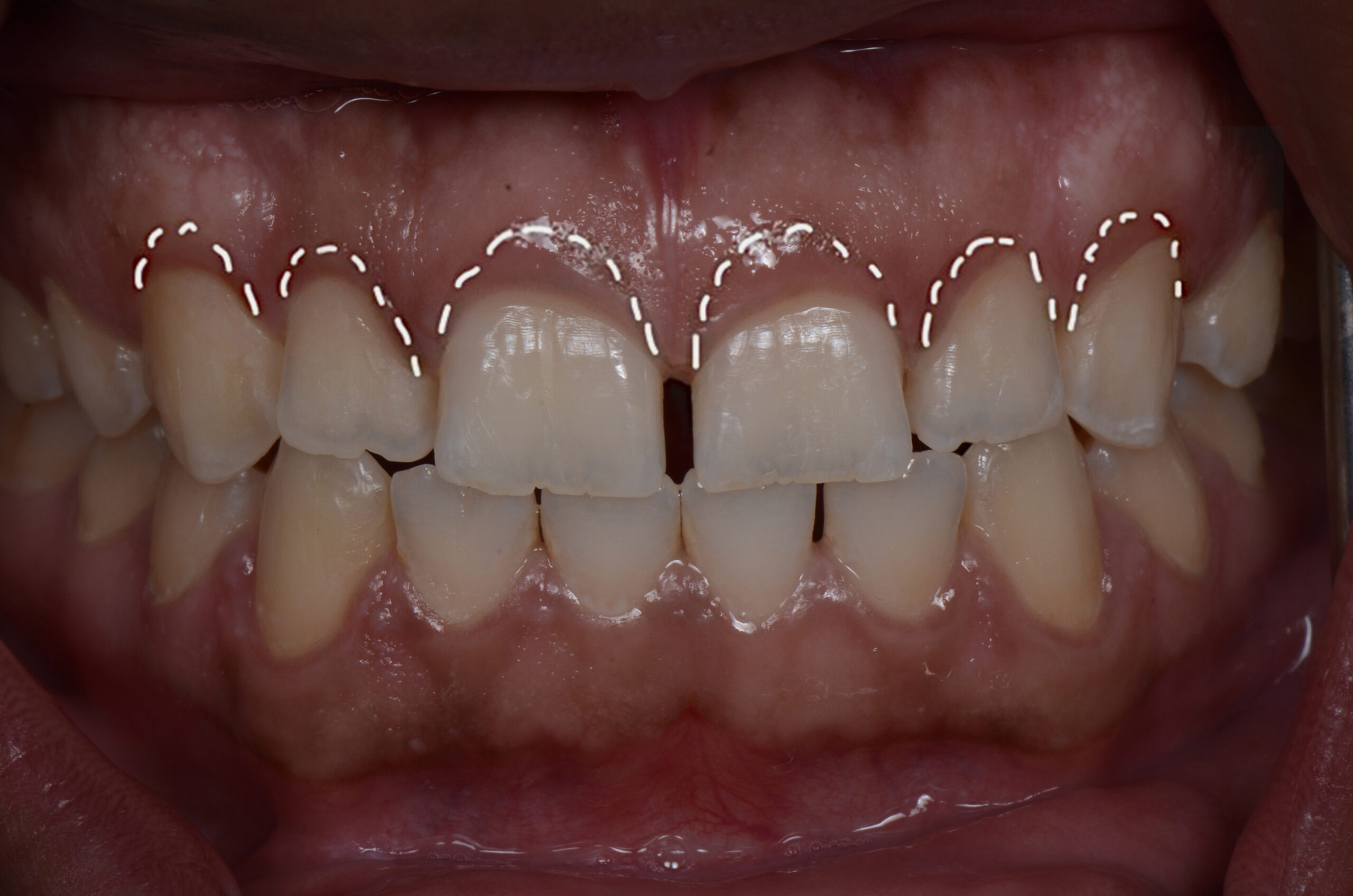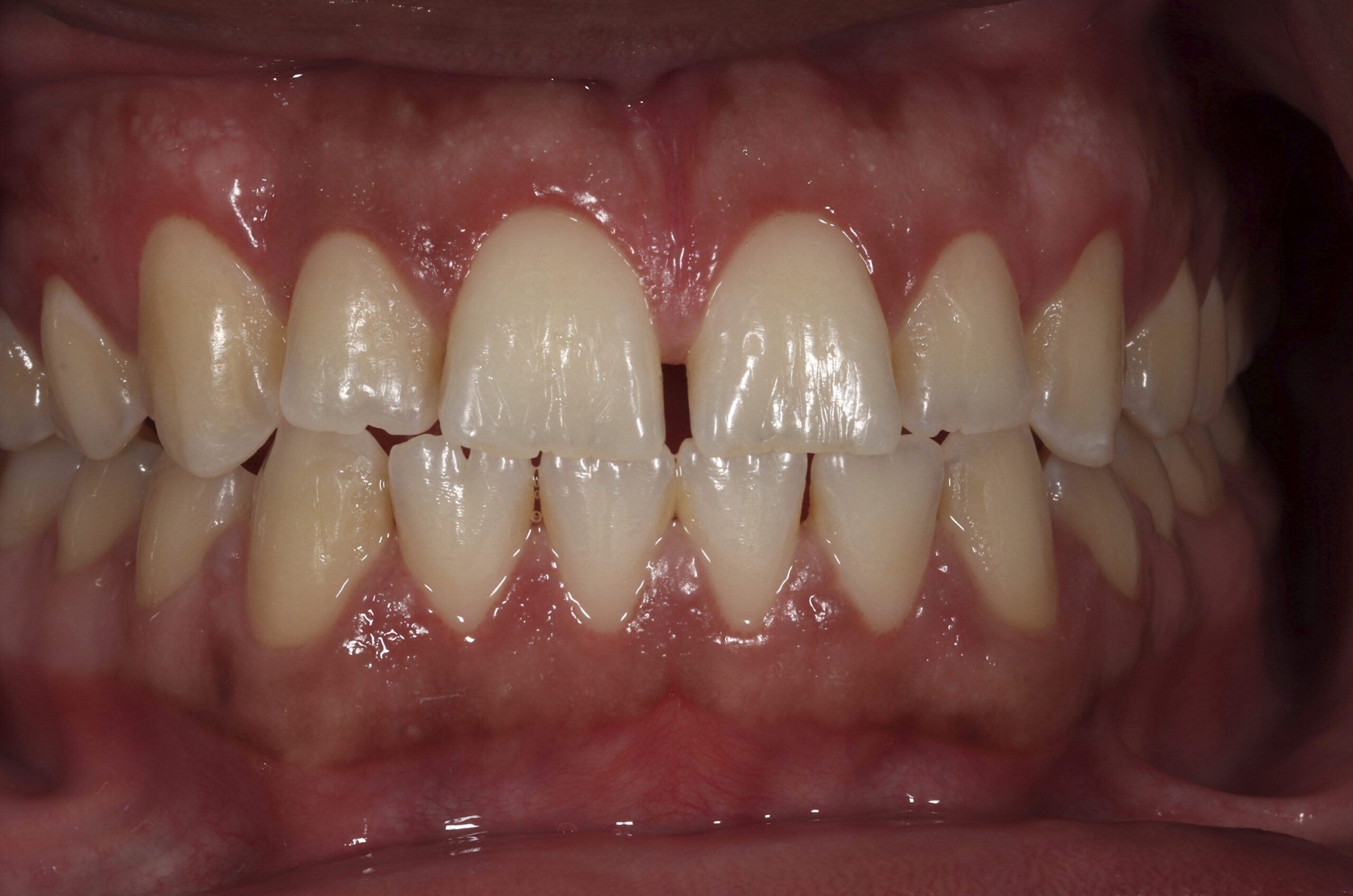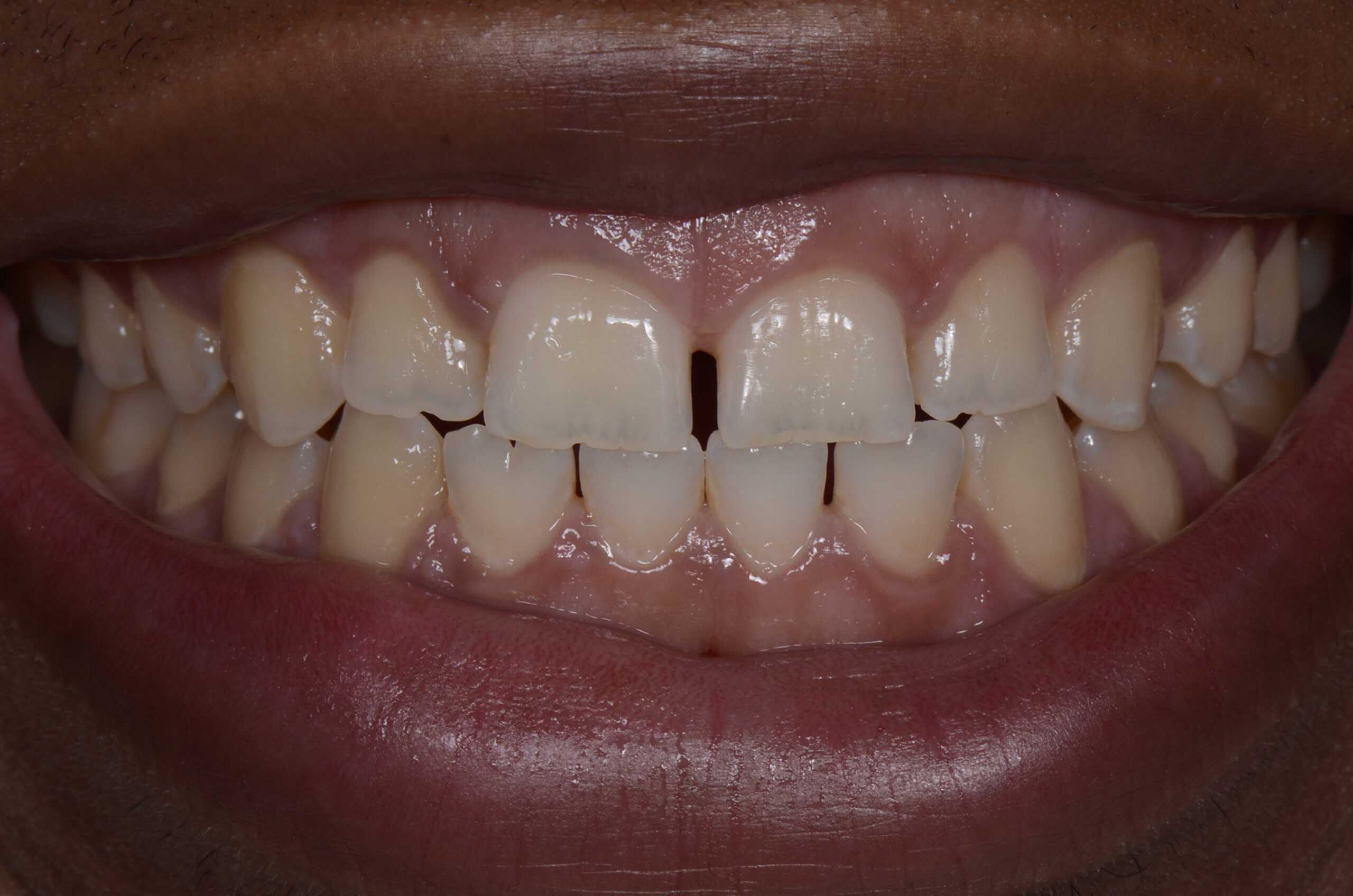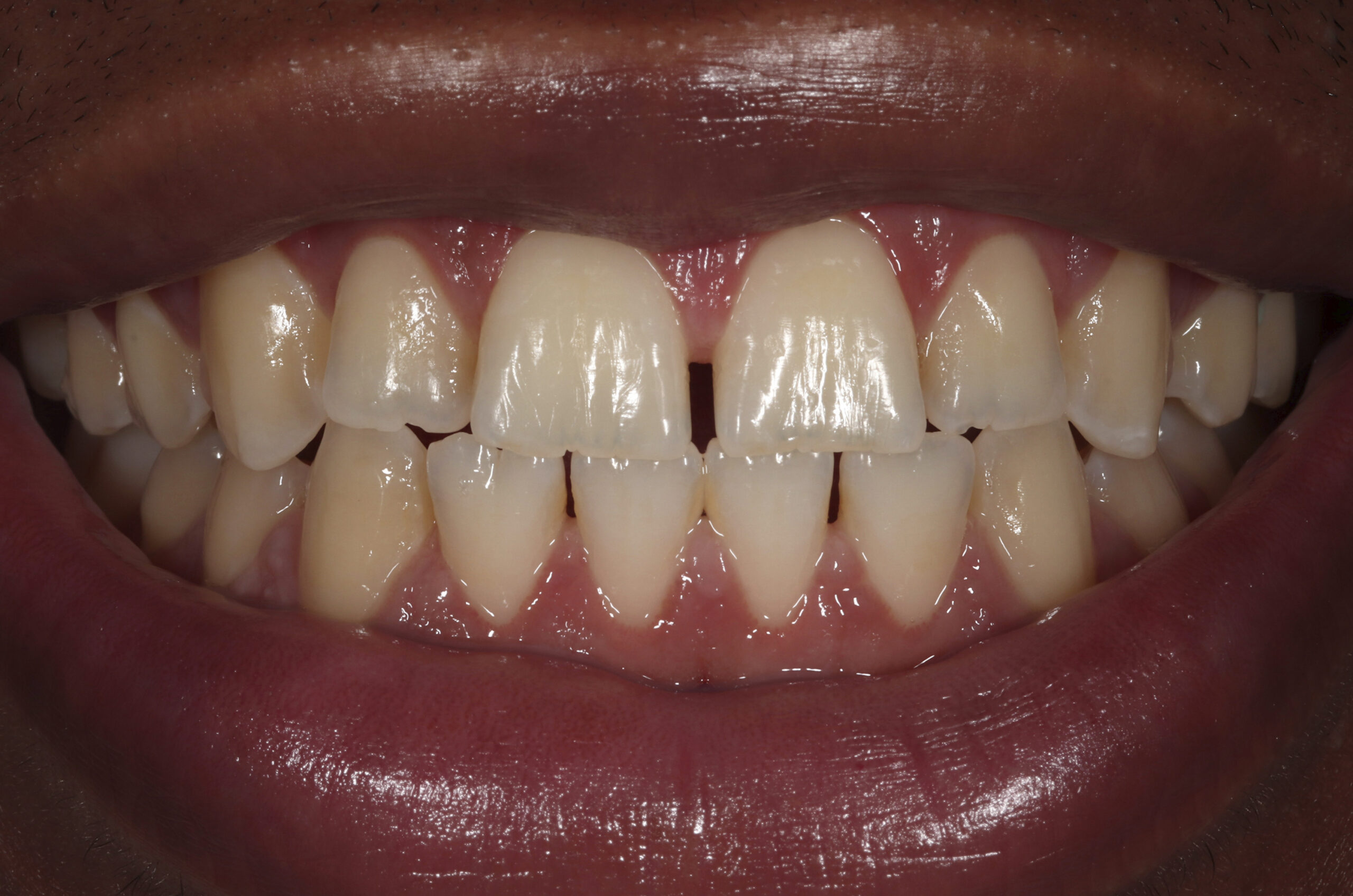Surgical crown lengthening is a dental procedure that can be performed for either functional or aesthetic reasons. Functional crown lengthening is done when there is not enough tooth structure available to support a dental restoration or to access a tooth that is decayed or damaged below the gum line. This can be caused by a variety of factors, such as trauma, tooth decay, or gum disease.
Functional crown lengthening may not be suitable in cases where the tooth is significantly compromised, such as severe decay, fractures below the gum line, or insufficient remaining tooth structure to support a restoration. If crown lengthening cannot adequately save the tooth, extraction may be recommended, followed by bone grafting and the placement of a dental implant to restore function and aesthetics.
Aesthetic crown lengthening, on the other hand, is performed for cosmetic reasons. This procedure is typically done to improve the appearance of the teeth and enhance the patient’s smile. Aesthetic crown lengthening is often recommended when patients have what is known as a “gummy smile,” where too much gum tissue is visible when they smile.
The procedure for both functional and aesthetic crown lengthening is similar. The dentist will make small incisions in the gums to access the tooth root and remove any excess gum tissue or bone that is covering it. The goal of functional crown lengthening is to expose enough of the tooth structure to allow for a dental restoration, while the goal of aesthetic crown lengthening is to reveal more of the tooth surface to improve the appearance of the smile.
After the surgery, patients may experience some swelling, discomfort, and sensitivity in the treated area. However, these symptoms typically subside within a few days, and patients can return to their normal activities within a week.
In conclusion, whether for functional or aesthetic reasons, surgical crown lengthening is an effective way to improve the appearance and function of the teeth. If you are considering this procedure, it is important to discuss your options with a qualified dental professional to determine whether it is the right choice for you.




A: You may need surgical crown lengthening if you have a decayed or damaged tooth that requires a dental restoration, but there is not enough tooth structure available to support the restoration. Crown lengthening can also be done for cosmetic reasons to improve the appearance of your smile.
A: The procedure is typically done under local anesthesia, so you should not feel any pain during the surgery. After the surgery, you may experience some discomfort and sensitivity in the treated area, but this can usually be managed with over-the-counter pain medication.
A: Recovery time can vary depending on the extent of the procedure and the individual patient. However, most patients can return to their normal activities within a week after the surgery.
A: It is recommended that you take a day or two off work or school to rest and recover after the procedure. However, most patients are able to resume their normal activities within a few days.
A: As with any surgical procedure, there is a risk of infection, bleeding, or other complications. However, these risks are generally low and can be minimized by following your dentist’s post-operative care instructions carefully.
A: The procedure typically takes about 30-60 minutes per tooth, depending on the extent of the procedure and the individual patient.
A: The cost of the procedure can vary depending on the extent of the procedure, the geographic location of the dental practice, and other factors. It is best to discuss the cost of the procedure with your dentist, who can provide you with an estimate based on your individual needs and circumstances.

